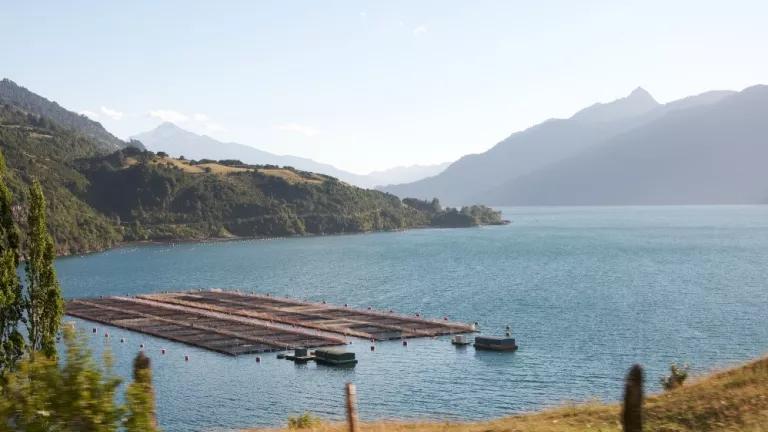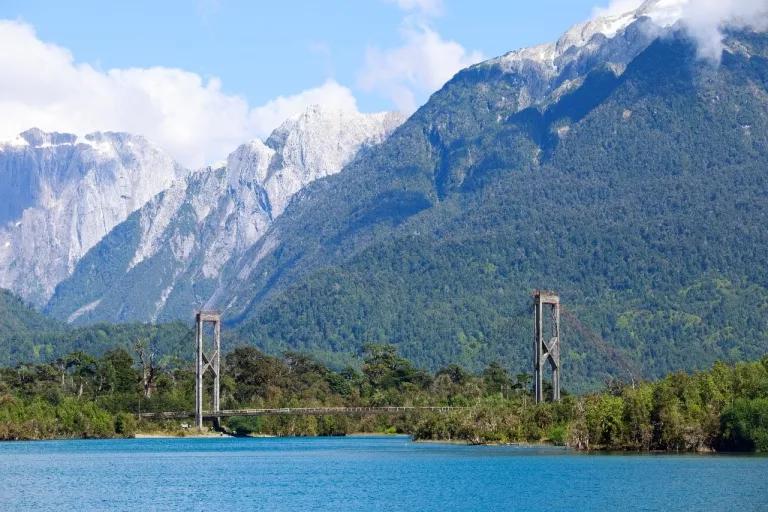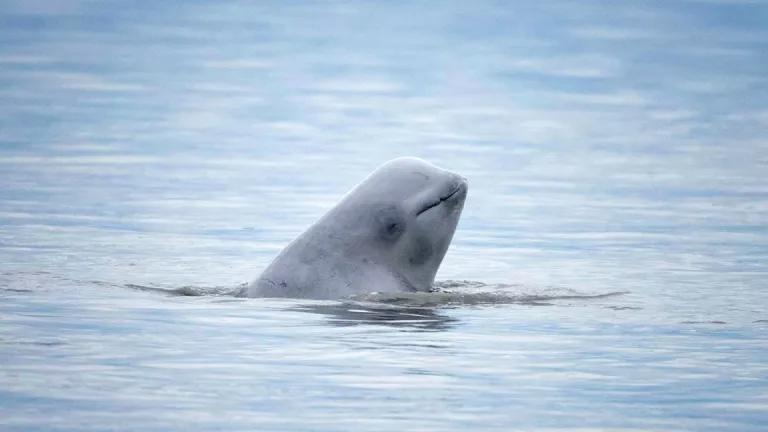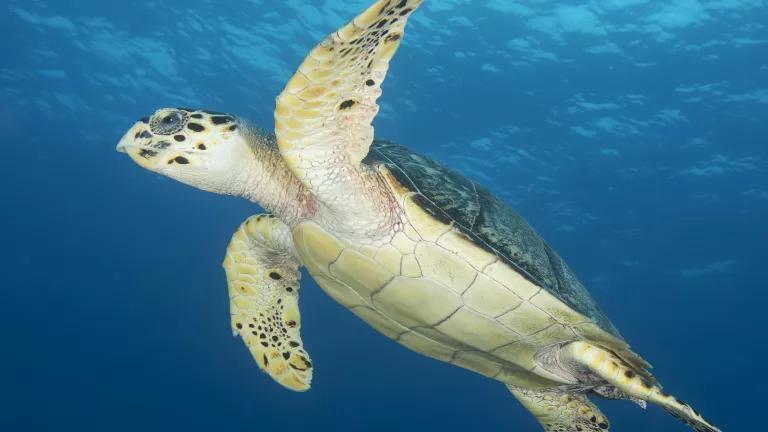World Oceans Day and the Salmon Industry in Chile

Oceans cover approximately 70 percent of the Earth’s surface. World Oceans Day gives us the opportunity to learn more about oceans and how to protect them. Given the current global crisis over food security, biodiversity conservation and the sixth mass extinction due to climate change and the rapid depletion of fish like cod and tuna, a good place to start would be with the seafood that we consume.
Salmon is widely appreciated for its unique flavor and adaptability among diverse cuisines. If you have recently eaten salmon, there is a high chance that it originated in Chile, the world’s second-largest producer of salmon. The rise of Chile’s commercial fishing began over two decades ago when export demand for salmon led to a rapid expansion of the open net fish farming industry. This global transformation was also the result of a structural adjustment program that instituted an export economy in Chile based on principles of free trade. Salmon are not native to the region, unlike the Pacific Northwest of North America, where salmon hold a profound cultural, ecological and economic significance for Indigenous Peoples and local populations. As the country’s salmon farming has grown, so too has the damage to the stunning natural landscape and dynamic ecosystem of the Patagonia region. According to a recent Oceana report, “salmon farmers are using up to 950 grams of antibiotics to raise one ton of fish.” The report also found that they might be applying more drugs per ton than any other fish industry in the world, twenty times more per ton than Norway.
The reason for all these antibiotics is that the salmon are tightly confined in net pens filled to the brink with filth from fecal matter, uneaten food and chemical byproducts. According to a report by Universidad de Los Lagos, salmon farming generates discharges comparable to four times the number of human inhabitants in the area. The discharges are equivalent to the waste generated by a population of between 2.7 and 4.1 million people. Furthermore, the study indicates that, of all the feed supplied to the salmon, only around 25 percent is consumed. The other 75 percent remains in the environment. This food debris, in addition to fecal matter, produces an accumulation of phosphorus and nitrogen. Many farm pens are located near the mouths of rivers, where they contaminate other fish as they head downstream toward the ocean.
Last month, local residents near Chile’s Yelcho Lake expressed its frustration with the farms. The community decried how antibiotics impact biodiversity, with a negative effect on water reserves and on people’s health. The community has joined together with the purpose of halting the installation of salmon farms in the area, emphasizing Patagonia’s natural wonder and cultural heritage, as a place that promotes life and preserves the environment. Relatedly, in May 2018, Chile’s Kawésqar Indigenous community won its fight against the salmon farming industry. The community felt as though salmon aquaculture was harmful to this area’s valuable marine environment but also “encroaching on ancestral territory” belonging to the Kaweskar indigenous community.

Protecting Patagonia would help to avoid a repetition of disasters like the 2016 red tide crisis in Chiloé, in which salmon farmers dumped more than 9,000 tons of rotting fish carcasses into the ocean, contributing to the death of thousands of marine animals. Infectious diseases among farmed fish can spread not only among animals, but also among native fish populations by introducing foreign pathogens into the environment or facilitating disease through unsanitary conditions in densely packed fish farms. Furthermore, non-native or genetically modified fish can escape pens and potentially out-compete native species. Greenpeace has warned of an environmental disaster in Chile and has recently conducted an investigation to expose the pollution and destruction tied to the salmon farming industry.
The good news is that Chile has recently been positioning itself as a global leader in ocean protection. In February, it announced new marine parks of almost 450,000 square miles. If managed properly, these protected waters should hopefully shelter fragile coastal species and help restore nearby areas through a spillover effect for enhancing ocean life more generally. As for other regions, the United States has experienced a retailer backlash against farmed salmon. Whole Foods now only stocks farmed salmon that do not have antibiotics and Target stopped selling farmed salmon in 2010. Through the creation of new marine protected areas and global trends in green consumer citizenship, the oceans may find some relief from the unsavory aspects of commercial salmon farming.


